- Home
- Articles
- Architectural Portfolio
- Architectral Presentation
- Inspirational Stories
- Architecture News
- Visualization
- BIM Industry
- Facade Design
- Parametric Design
- Career
- Landscape Architecture
- Construction
- Artificial Intelligence
- Sketching
- Design Softwares
- Diagrams
- Writing
- Architectural Tips
- Sustainability
- Courses
- Concept
- Technology
- History & Heritage
- Future of Architecture
- Guides & How-To
- Art & Culture
- Projects
- Interior Design
- Competitions
- Jobs
- Store
- Tools
- More
- Home
- Articles
- Architectural Portfolio
- Architectral Presentation
- Inspirational Stories
- Architecture News
- Visualization
- BIM Industry
- Facade Design
- Parametric Design
- Career
- Landscape Architecture
- Construction
- Artificial Intelligence
- Sketching
- Design Softwares
- Diagrams
- Writing
- Architectural Tips
- Sustainability
- Courses
- Concept
- Technology
- History & Heritage
- Future of Architecture
- Guides & How-To
- Art & Culture
- Projects
- Interior Design
- Competitions
- Jobs
- Store
- Tools
- More
Detailed Process of Roofing Installation for Multifamily Properties

Roofing installation for multifamily properties is a significant investment that requires careful planning and execution. The process involves multiple stages, from assessing the existing structure to choosing the right materials and finalizing the installation. Let’s explore the essential steps in this process and how personalized care ensures the success of each roofing project.
Table of Contents
TogglePrimary Analysis and Approach
Before any multifamily roofing installation begins, the roof must undergo a thorough inspection. The roofing contractor will assess the structure, identifying any existing issues such as leaks or damage. This stage helps determine the necessary repairs and the materials required for the job. The contractor will also consider the climate, roof pitch, and building layout to make informed recommendations.
The planning stage starts when the assessment is over. This includes selecting the best roofing system for the building and ensuring that it meets local building codes. Personalized care in this stage means working closely with the property owner to address specific needs and preferences.

Supplies, Choices, and Assembly
Choosing the right materials is one of the most critical steps in roofing installation. For multifamily buildings, factors such as durability, weather resistance, and energy efficiency play a major role in material selection. Contractors will guide the property owner through available options like asphalt shingles, metal roofing, or another system. A thorough understanding of the building’s needs will lead to the selection of materials that provide long-term protection.
Once the materials are chosen, the next step is preparation. This involves removing old roofing, cleaning the surface, and repairing any structural issues. The preparation phase ensures that the new roof will be applied to a solid, secure foundation. By offering personalized care, contractors ensure the property remains safe throughout this critical phase.
Installation Process
The installation itself is a detailed and systematic process. Roofing professionals begin by securing underlayment to the surface, which acts as a protective barrier against moisture. Next, the selected roofing material is carefully installed through layering shingles or applying sheets of metal roofing. The installation process must be precise to avoid future issues like leaks or drafts.
During the process, contractors will ensure the roofing system is properly sealed. Flashing, vents, and other components are installed to keep moisture out and ensure ventilation. During this phase, individualized attention to detail ensures that the roofing system fits precisely and operates at its best, giving occupants the necessary protection.
The Standard Inspection and Assurance
A final inspection is carried out to make sure everything satisfies the necessary criteria after the installation is finished. This includes checking for proper sealing, material alignment, and overall structural integrity. A quality assurance process ensures that there are no weak spots or flaws in the system. Contractors often conduct post-installation tests to confirm the roof’s performance.
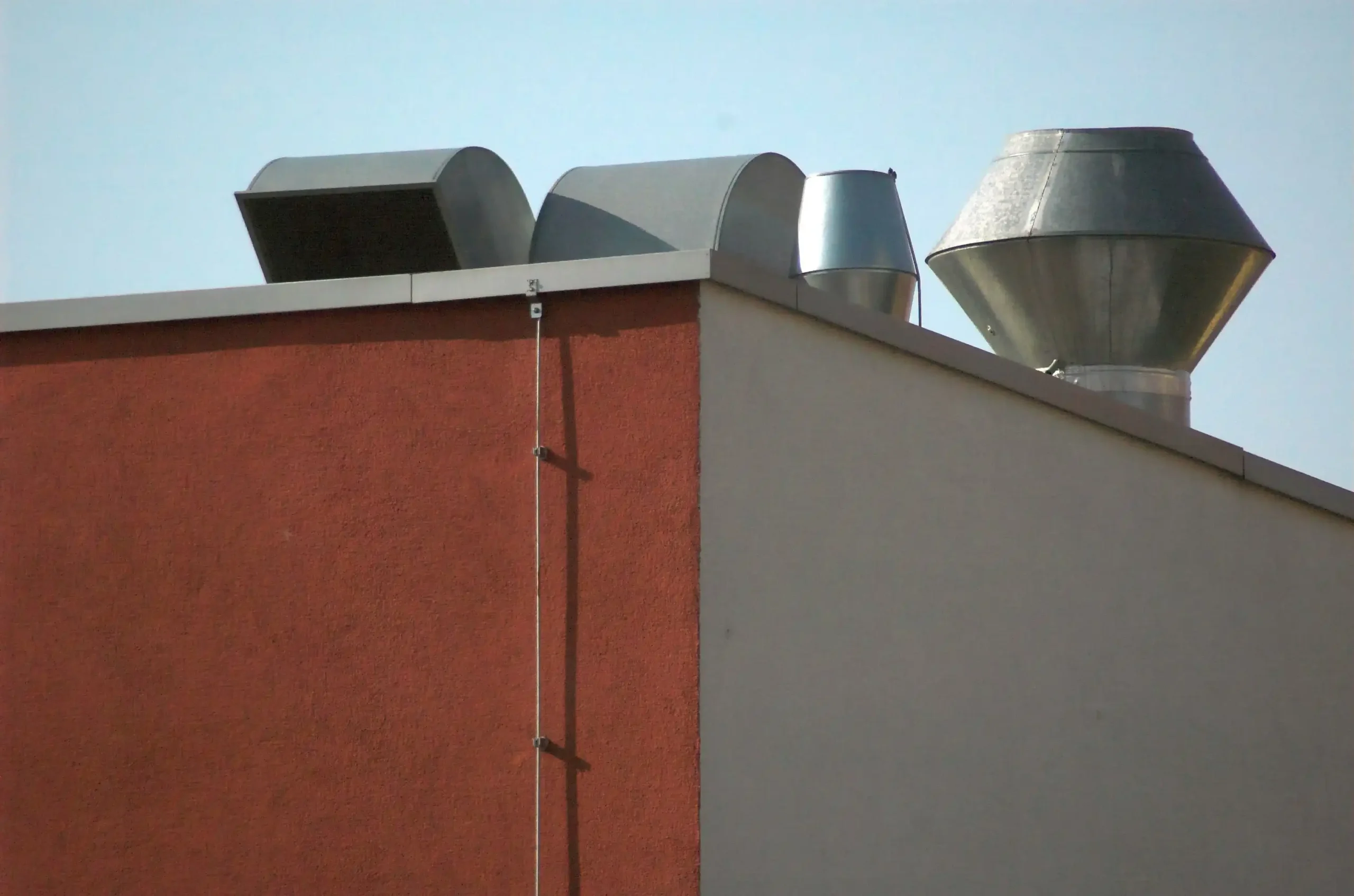
The inspection stage provides an opportunity for homeowners to discuss any concerns or adjustments with the contractor. Personalized care during this phase helps guarantee that the roof meets the property’s specific needs, from aesthetic appeal to functionality. A well-installed roof is one that serves its purpose without any issues down the line.
Maintenance for Structure
To increase the roof’s lifespan after installation, routine care is essential. Roofing systems require periodic check-ups to ensure they remain in optimal condition. Property owners are encouraged to schedule inspections at regular intervals to detect potential issues early. Maintenance services include cleaning gutters, inspecting for damage, and ensuring that all components are functioning as they should.
Multifamily roofing installation is a meticulous and precise process that requires personalized attention at every stage. From initial assessments to material selection, installation, and long-term maintenance, each step is crucial to ensure a durable, effective roof. If you’re considering a new installation or replacing an existing roof, the importance of quality and attention to detail cannot be overstated.
Trained as an architect and seasoned in the editorial trenches, I turn raw design concepts into compelling narratives that resonate beyond studio walls. My work spans in-depth project spotlights, interviews with visionary designers, and analysis pieces that distill complex technical data into accessible insights. Whether polishing copy for publication or generating original features, I draw on years of practice to ensure every sentence captures architecture’s rigor, poetry, and cultural impact—inviting professionals and enthusiasts alike to see the built environment through a sharper, more inspired lens.
Submit your architectural projects
Follow these steps for submission your project. Submission FormLatest Posts
Best Practices for Roof Inspections and Maintenance
On most projects, the roof spends decades out of sight while carrying...
Sunny Days, Secure Roof: Simple Steps to Shield Your Home
Your home is more than just a place to live—it’s a sanctuary....
Simple and Stylish Roof Ideas for Homeowners
When designing your home, don’t overlook the roof. It’s essential for both...
Key Qualities to Look For in a Residential Roofing Contractor
Choosing a residential roofing contractor involves careful consideration. The roof is a...








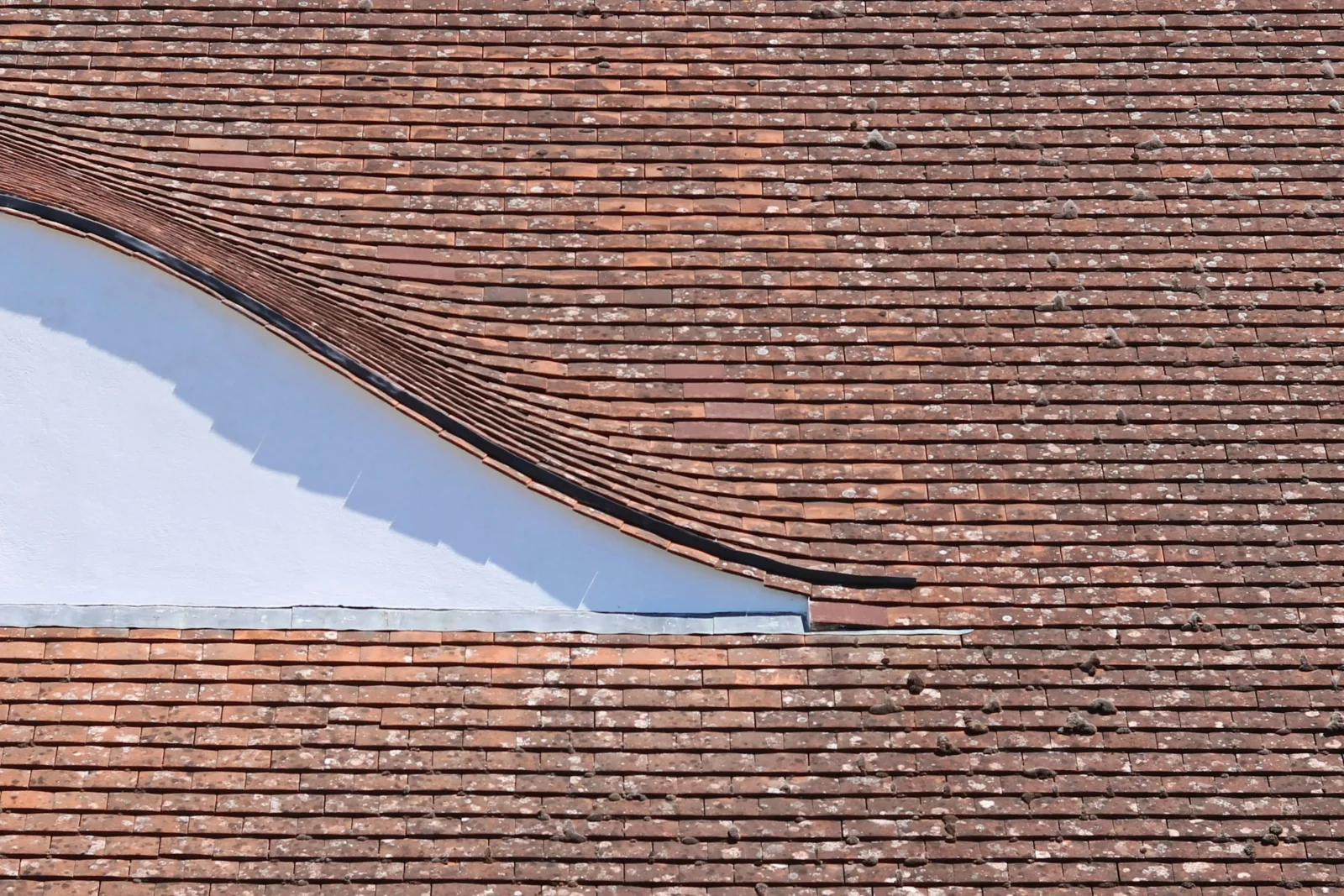
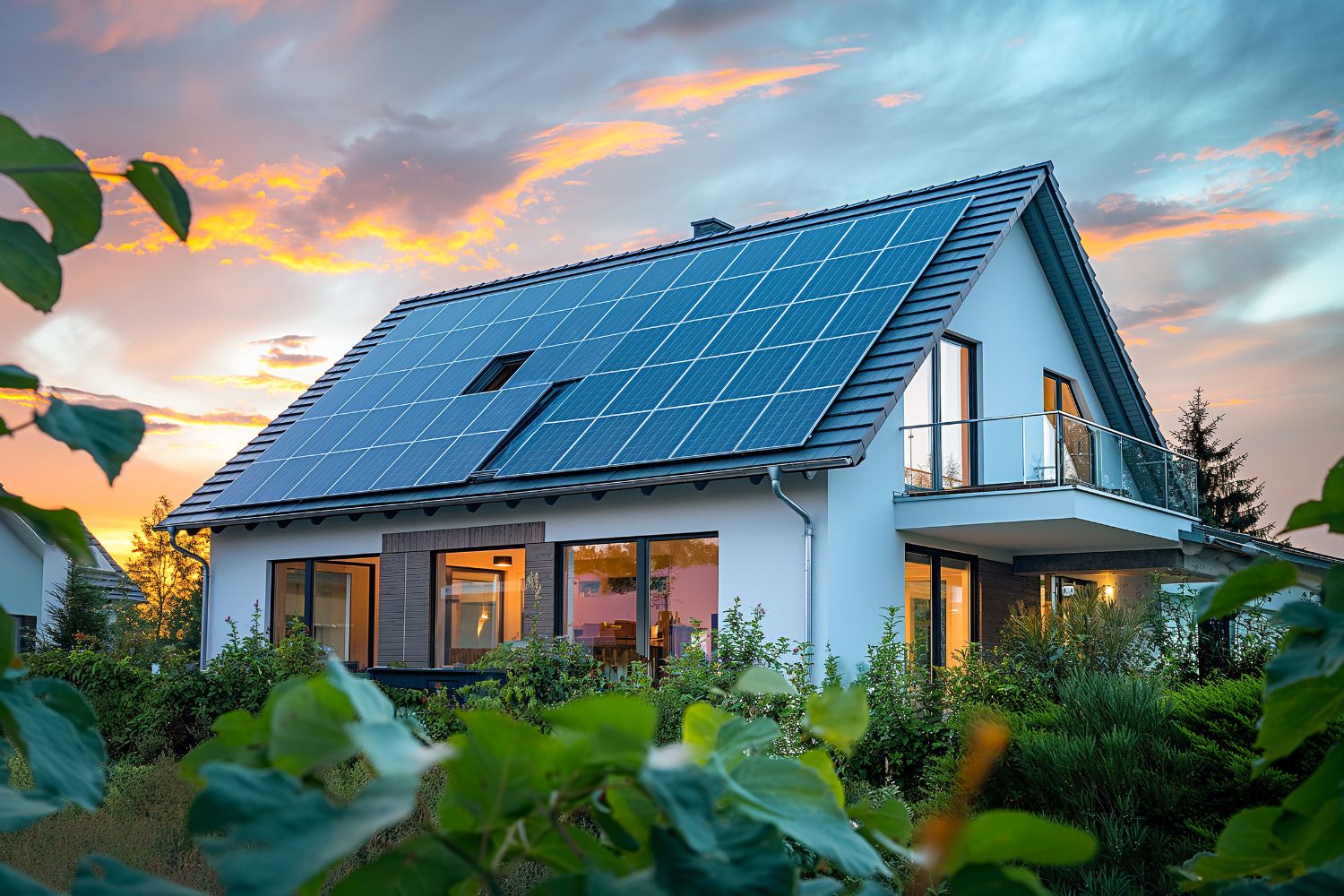
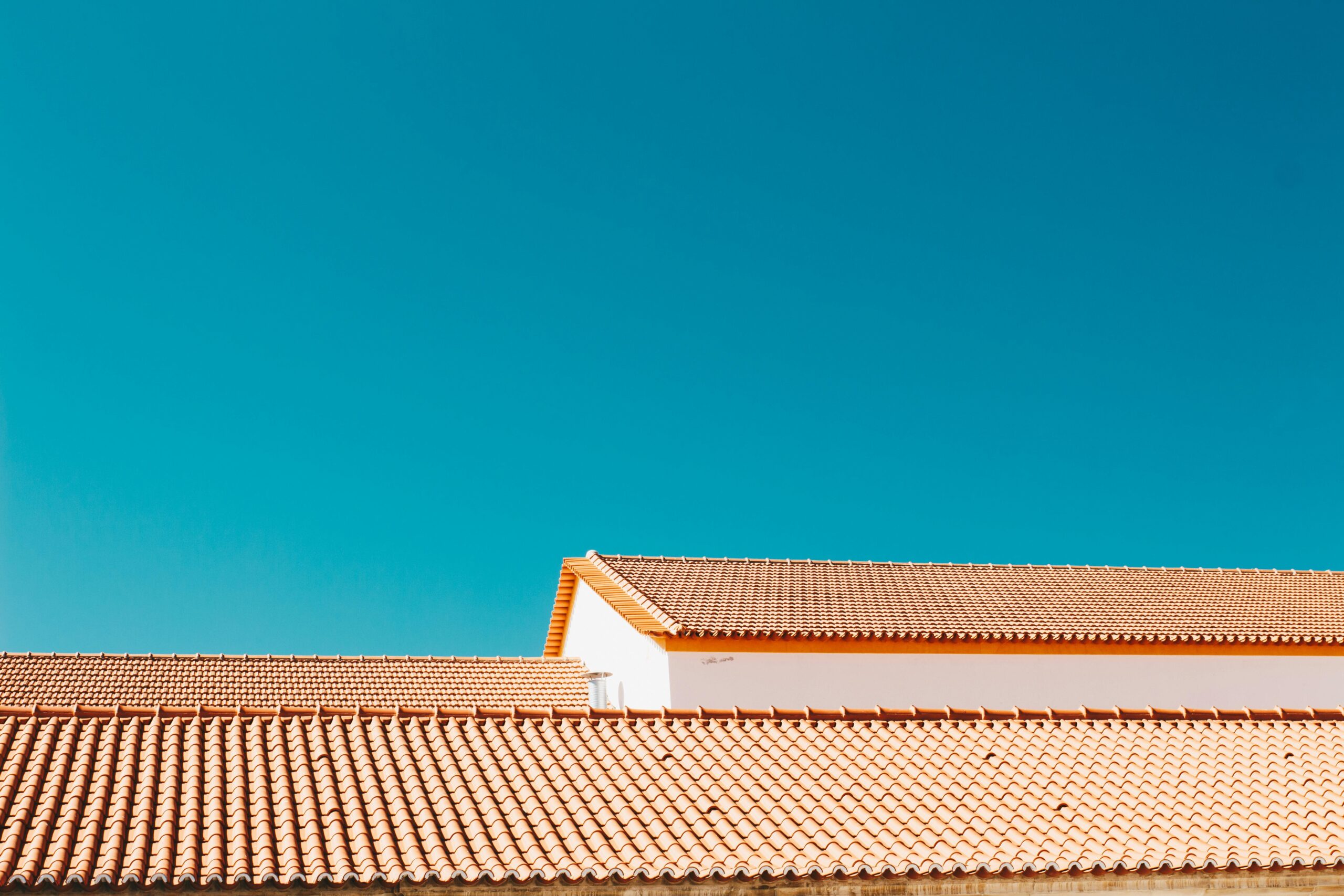
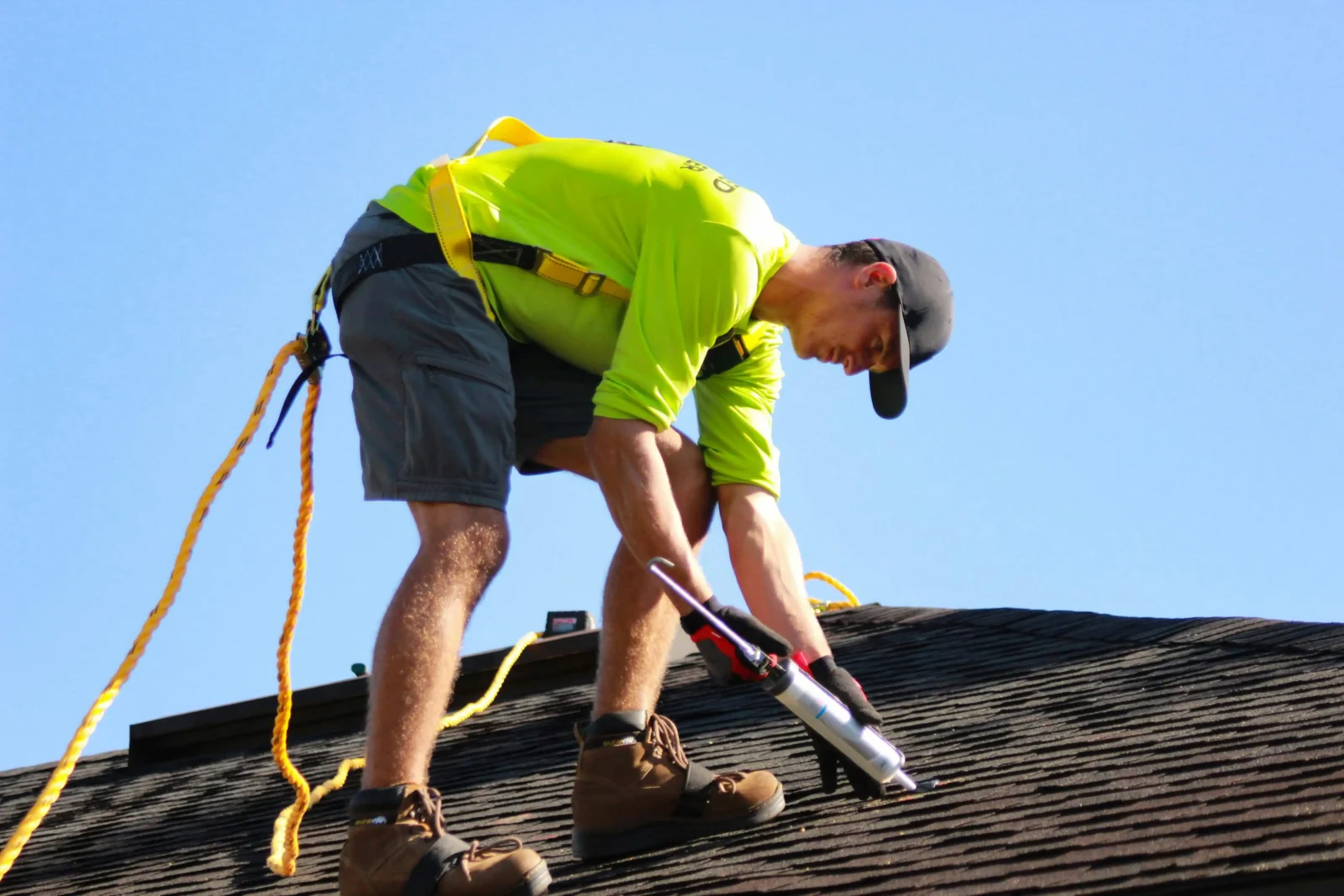
Leave a comment